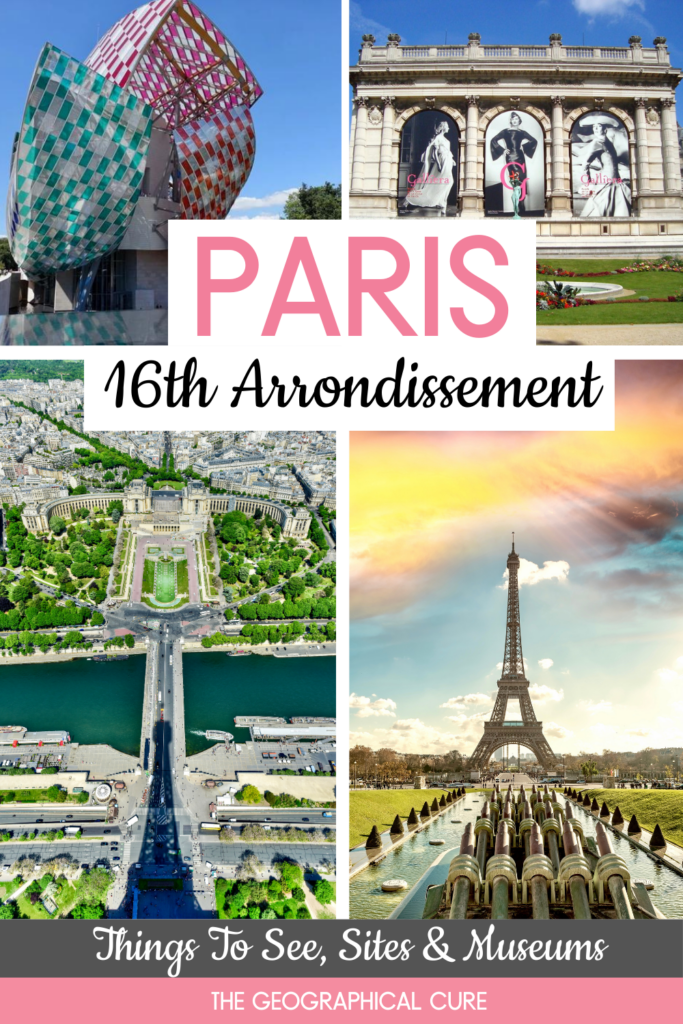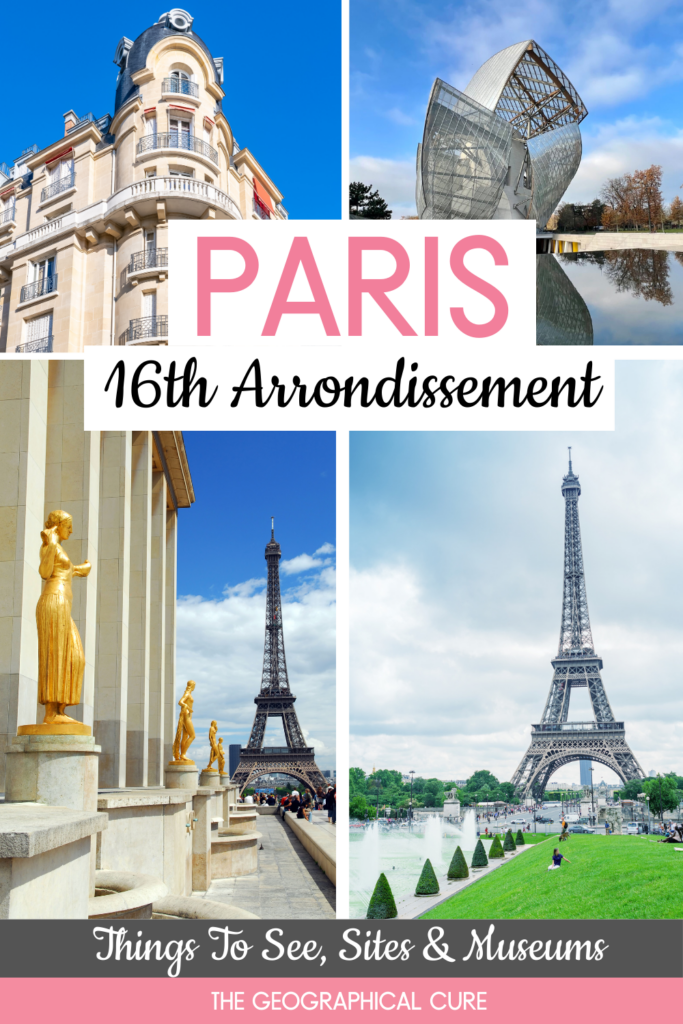The 16th arrondissement of Paris is an epitome of elegance and sophistication.
It’s known for its prestigious residential areas, refined architecture, and lush green spaces. This district, often regarded as one of the city’s most affluent, boasts a serene atmosphere, far from the bustling tourist hubs.
But it’s not just an opulent, but boring, neighborhood. It was home to writers like Honore Balzac and Marcel Proust.
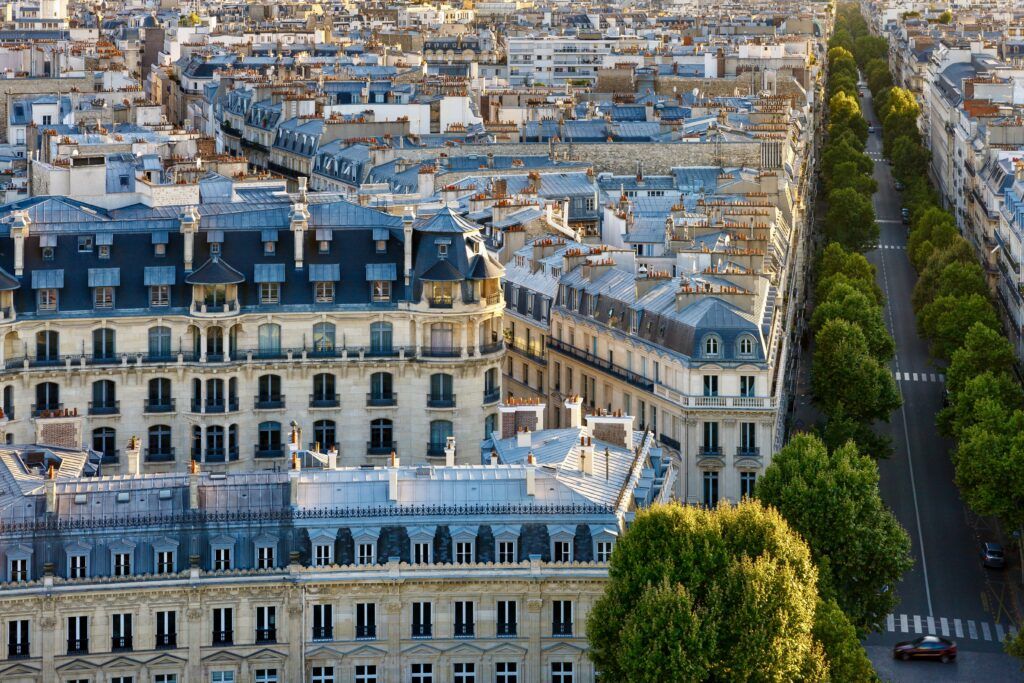
There are a wealth of amazing museums, a few traces of village life, and a gorgeous architecture.
I’ve been fortunate to stay in the 16th arrondissement with a friend on several visits to Paris over the years. So I’m really familiar with the area. In this guide, I’ll cover the top attractions and best things to do in the 16th.
The arrondissement is a large district located in the western part of Paris and bordered by the Seine River to the east and south. It includes the neighborhoods of Passat, Auteuil, and Trocadero.
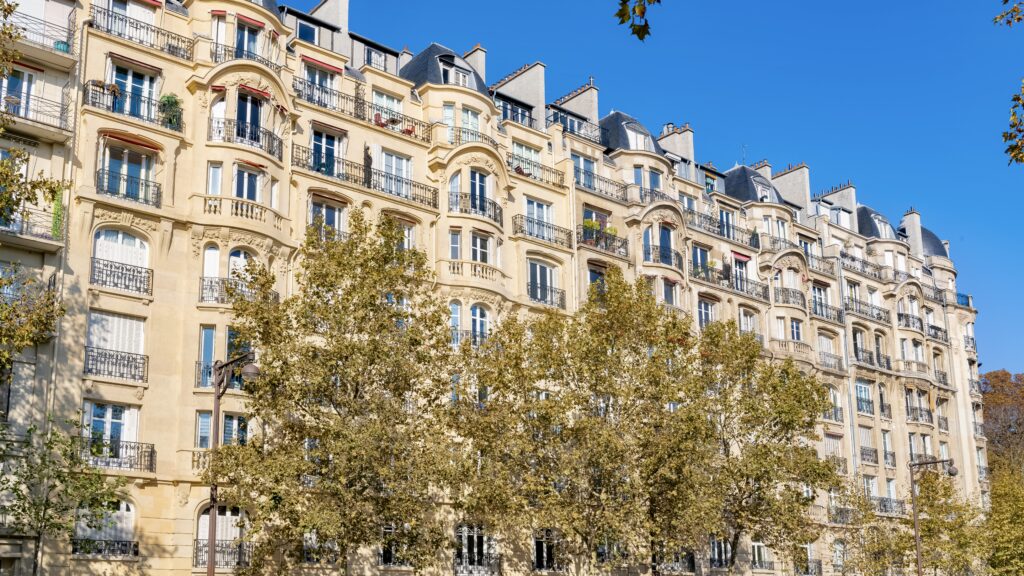
What To See In The 16th Arrondissement
Architecture
The 16th is filled with Haussmannian architecture, named after Baron Georges-Eugène Haussmann, the man who transformed Paris in the mid-19th century.
Elegance, uniformity, and grandeur are hallmarks of these buildings. They have creamy stone, mansard roofs and wrought iron balconies.
The Auteuil area is also renowned for its collection of Art Nouveau houses. Many of them came courtesy of architect Hector Guimard.
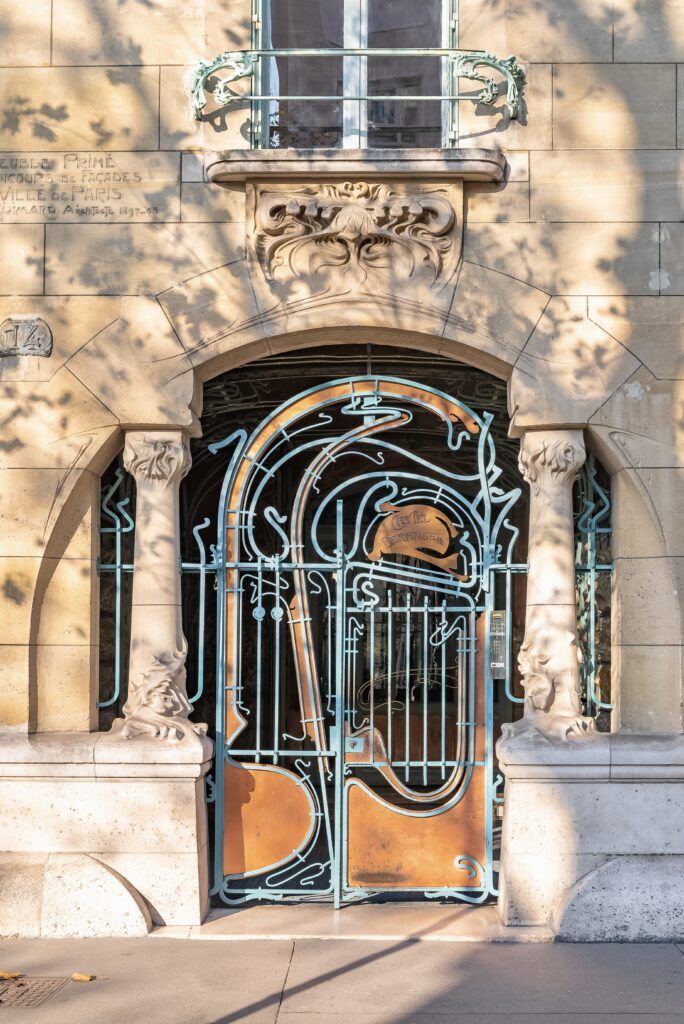
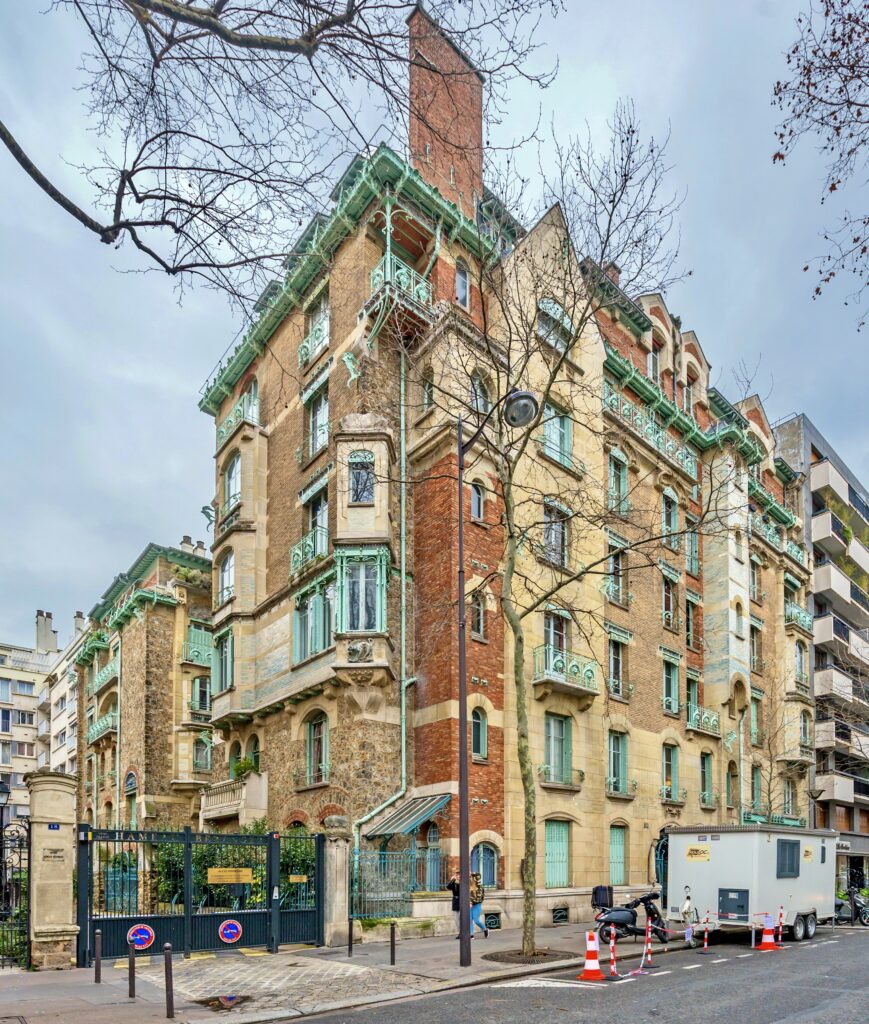
The style was popular at the end of the 19th and beginning of the 20th centuries. In contrast to longstanding classical architecture, Art Nouveau buildings have organic forms, flowing lines, and incorporate natural motifs.
Guimard designed several houses in this area, including his masterpiece the flamboyant Castel Béranger on Rue La Fontaine.
Another notable Art Nouveau building in the 16th arrondissement is the Hôtel Mezzara, designed by Hector Guimard as well. This hôtel particulier (private mansion) features Guimard’s signature style, with elegant curves and decorative motifs inspired by nature.
For Art Deco, a style that followed Art Nouveau, head to Rue Boileau and the side streets jutting off it.
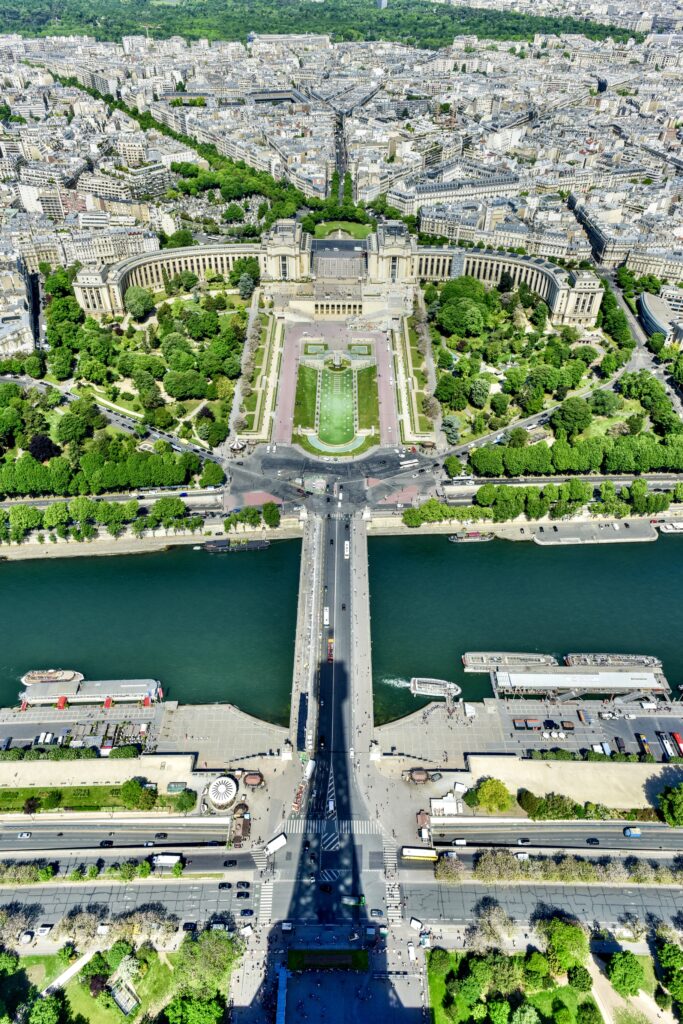
Palais Chaillot
The Palais de Chaillot, situated on the Chaillot Hill, is a must do in the 16th arrondissement just for its stunning view of the Eiffel Tower.
The palace was built for the International Exposition of 1937, replacing the earlier Palais du Trocadéro that was built for the 1878 World’s Fair. It’s Neo-Classical in style and decorated with sculptures and bas reliefs.
It’s home to several museums, none of which are particularly well known:
- Musee de l’Homme (ethnology & anthropology)
- Musee de la Marine (world’s oldest marine museum)
- Musee des Monuments Francais (architecture museum)
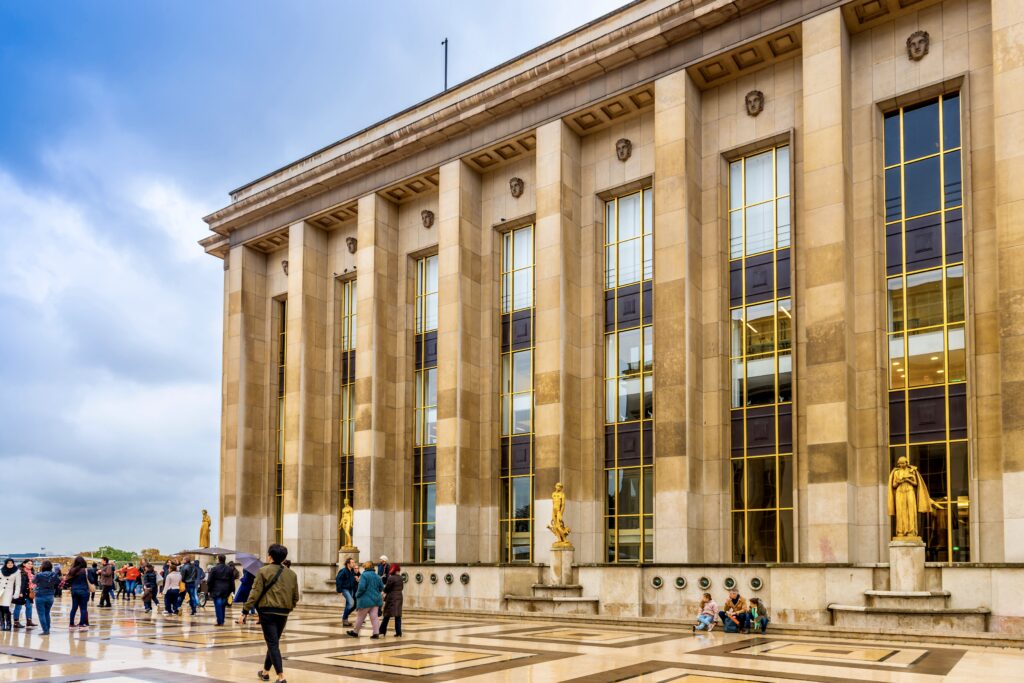
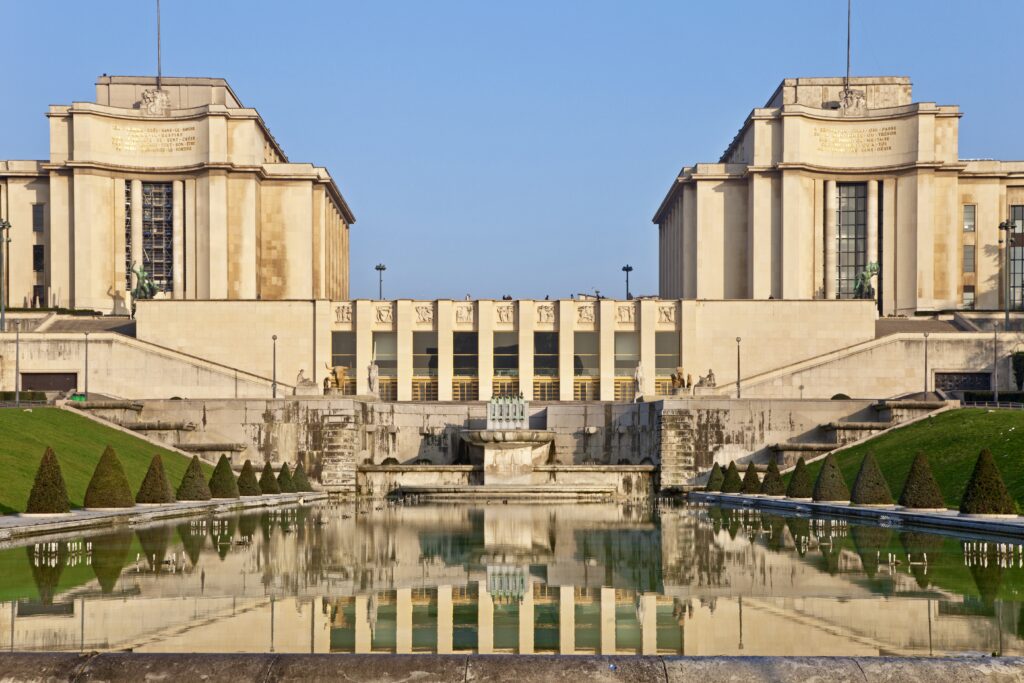
Architecture & Monuments Museum
This is the only museum I’ve been to in the Palais Chaillot, but it’s very nice.
The museum takes you through 1,000 years of French architecture. There are brilliantly displayed full sized casts and models of Paris’ most cherished monuments from the 11th to 20th centuries.
Pick up a museum map and plan to spend most of your time on the ground floor. You can gaze into the eyes of medieval statues and admire birds of architecture from the Cluny Abbey, Chartres cathedral, and Chateau de Chambord.
Then, take the elevator up a floor to see a vast array of models from modern projects. The views of the Eiffel Tower from here are sensational.
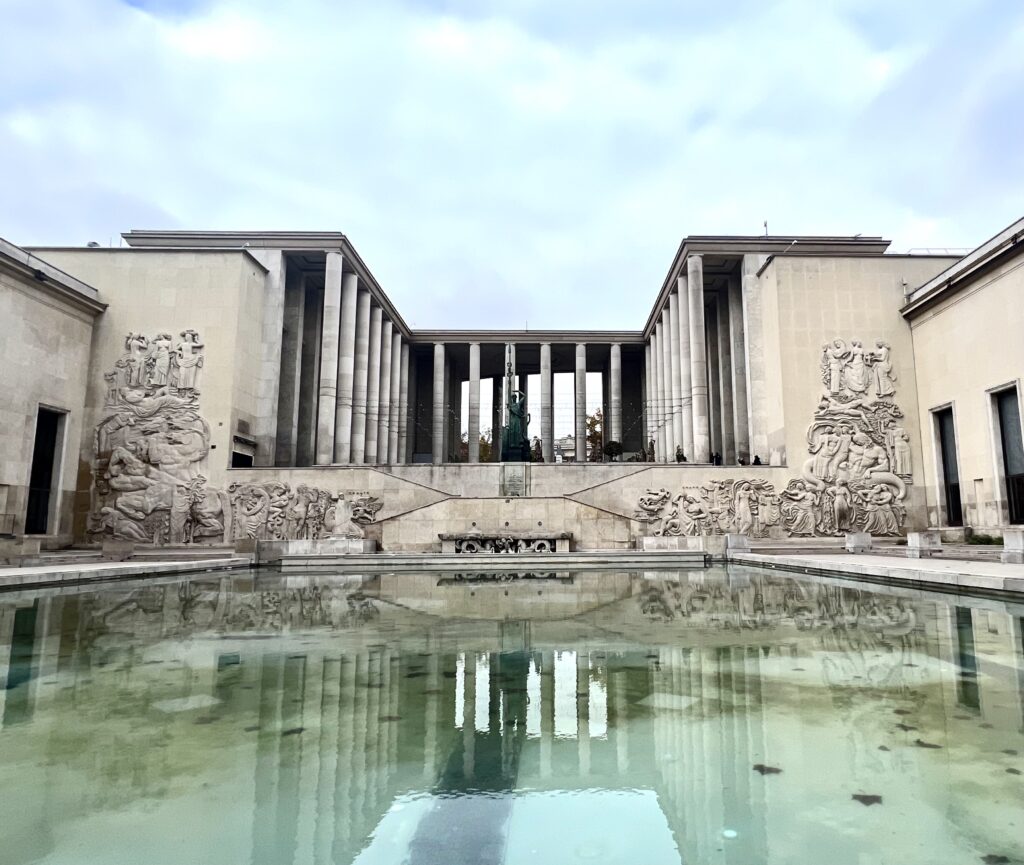
Palais de Tokyo
Just down the hill from the Palais Chaillot, you’ll find the Palais de Tokyo. This site was also built for the 1937 International Exposition.
Its name, quite unusual for Paris, comes from its location along the avenue previously known as avenue de Tokyo, now avenue de New-York.
The building showcases a mix of Art Deco and modernist architectural styles, capturing the design trends of its era.
Inside its west wing, there’s a museum dedicated to contemporary art, known for its bold exhibitions and innovative installations.
Musée d’Art Moderne de la Ville de Paris
The Modern Art Museum of Paris is housed in the east wing of the Palais de Tokyo.
It’s a free museum showcasing modern and contemporary art. The museum has high ceilings, open spaces, and is filled with colorful eye-catching art.
It primarily displays artworks by the School of Paris and the Fauvists including works by Matisse, Dufy, Soutine, Modigliani, and van Dongen.
The Electricity Fairy (shown above) is the pièce de résistance of MAM. It’s a monumental work, 10 x 60 meters and one of the world’s largest painting.
The contemporary art department also hosts ambitious temporary shows of young international artists and current art trends.
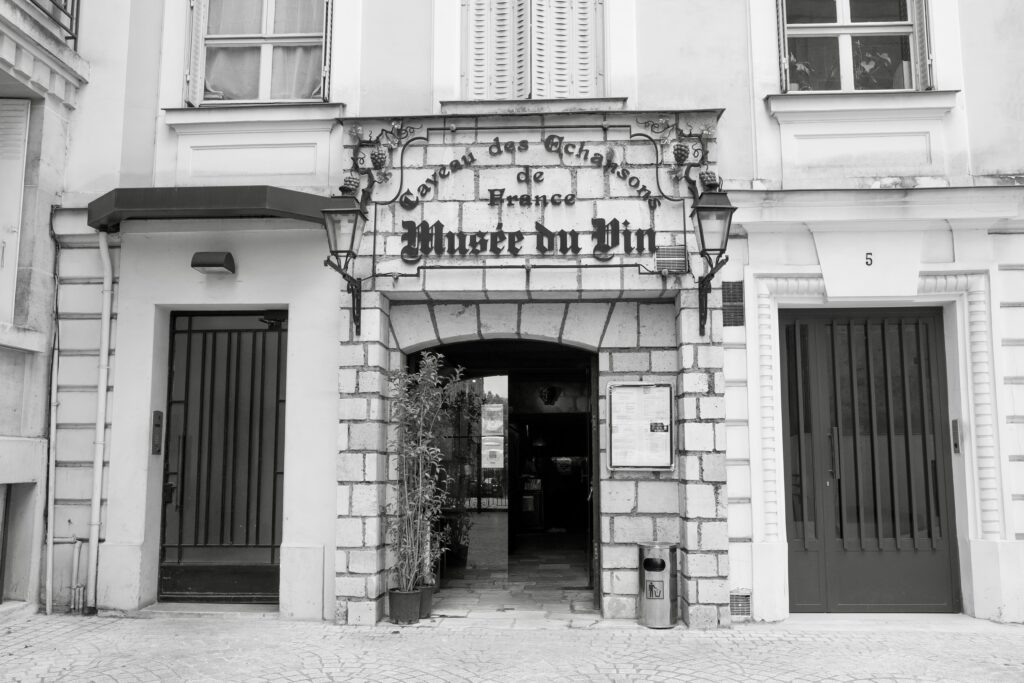
Musee du Vin
On the other side of the Palais Chaillot is the Musee du Vin. It’s a 15th century hideaway enclosing the wine cellars of the former Minimes de Chaillot monastery.
King Louis XIV was a patron, and the monks’ wines were among his favorite vintages.
Most of the buildings were destroyed during the revolution. And the cellars were forgotten until the 1950s.
In 1984, they were transformed into a wine museum. You can explore the former limestone quarries, which house objects and tools used in the making and drinking of wine. Follow your visit with a wine tasting class.
>>> Click here to book a museum tour and wine tasting
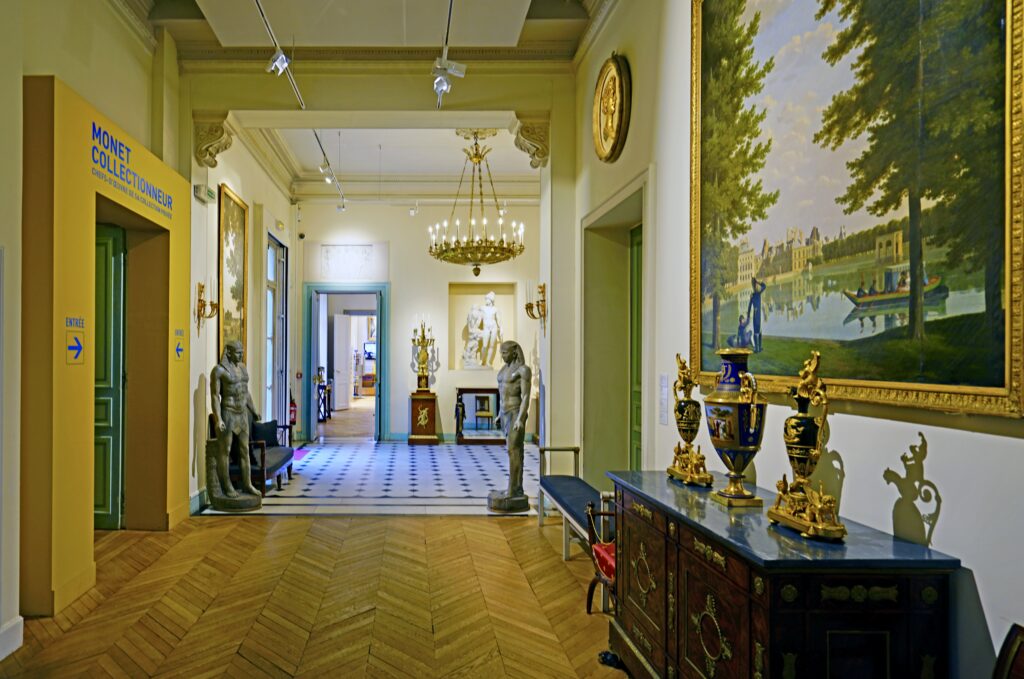
Musée Marmottan Monet
The Marmottan Monet is one of my favorite small museums in Paris. It’s home to the largest collection of Claude Monet’s paintings on planet earth.
The museum began life as Paul Marmottan’s private collection of Napoleonic memorabilia.
When he died, he left his collection to the state. Several later bequests turned the Marmottan into a world renowned Impressionist museum.
The first bequest included Monet’s Impression Sunrise, the very painting that gave the Impressionists their nickname.
A second bequest, from Michel Marmottan, brought in 65 Monet works, including some of his best paintings.
A number of the stunning water lilies from Giverny are exhibited downstairs, along with images of smoke filled train stations and brilliant fields of flowers.
The Marmottan also has 300+ paintings by fellow Impressionists Renoir, Dégas, Gaugin, Manet, and Morisot. And a collection of medieval illuminated manuscripts.
>>> Click here to book a skip the line ticket
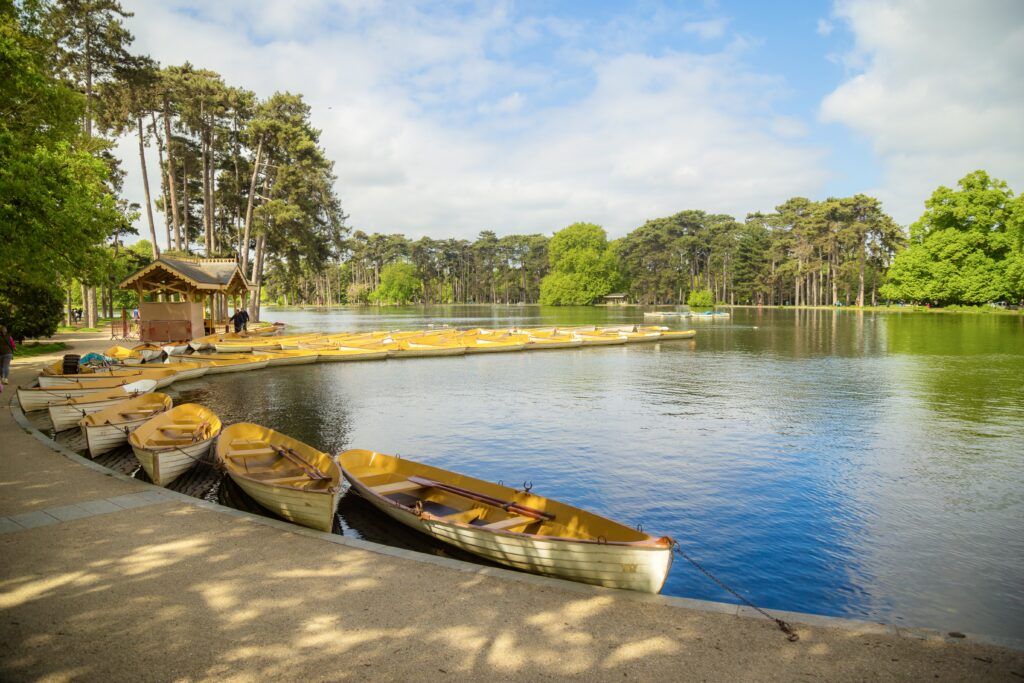
Bois de Boulogne
The Bois de Boulogne is an immense public park located along the western edge of the 16th arrondissement.
Spanning over 2,000 acres, it’s one of the largest green spaces in Paris, about two and a half times the size of Central Park in New York City.
The park was commissioned by Emperor Napoleon III in the mid-19th century, following the model of London’s Hyde Park.
It was designed by the engineer Jean-Charles Alphand. He wanted to give Parisians a sprawling green haven for leisure and relaxation.
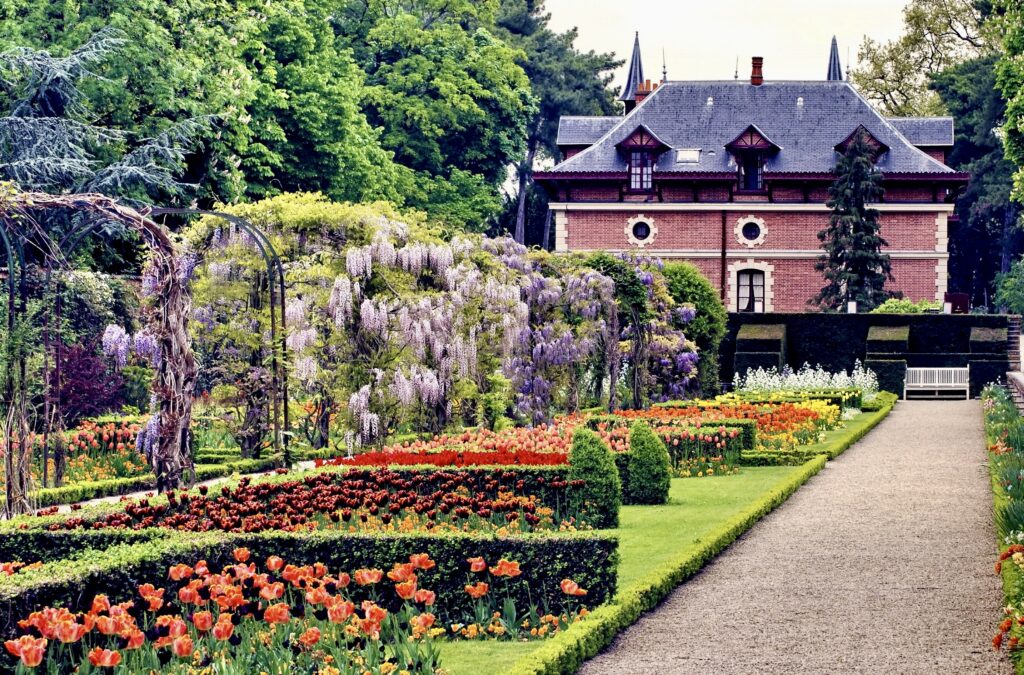
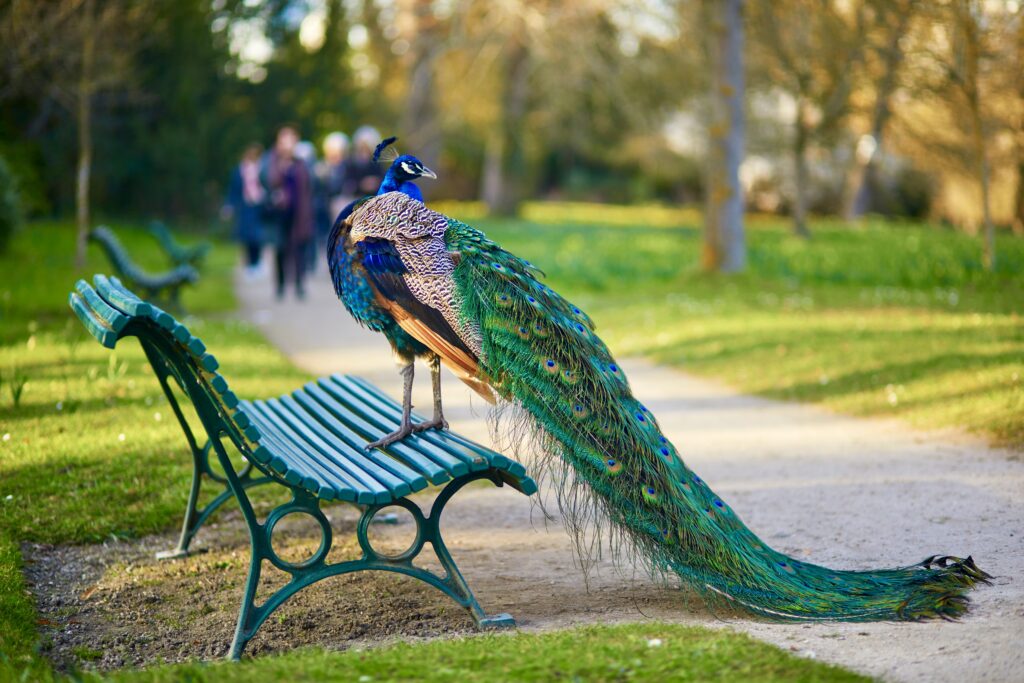
There’s a charming amusement park, The Jardin d’Acclimatation, perfect for families. There are rides, miniature golf, gardens, and a petting zoo.
There are two lakes in the park, connected by a superb waterfall.
You can also stroll though the Parc de Bagatelle. This enchanting garden is known for its beautiful rose gardens, peacocks, picturesque landscapes, and the small but charming Château de Bagatelle.
Tip: If you visit in the early morning before people start to arrive, you’ll feel like you’re in the countryside.
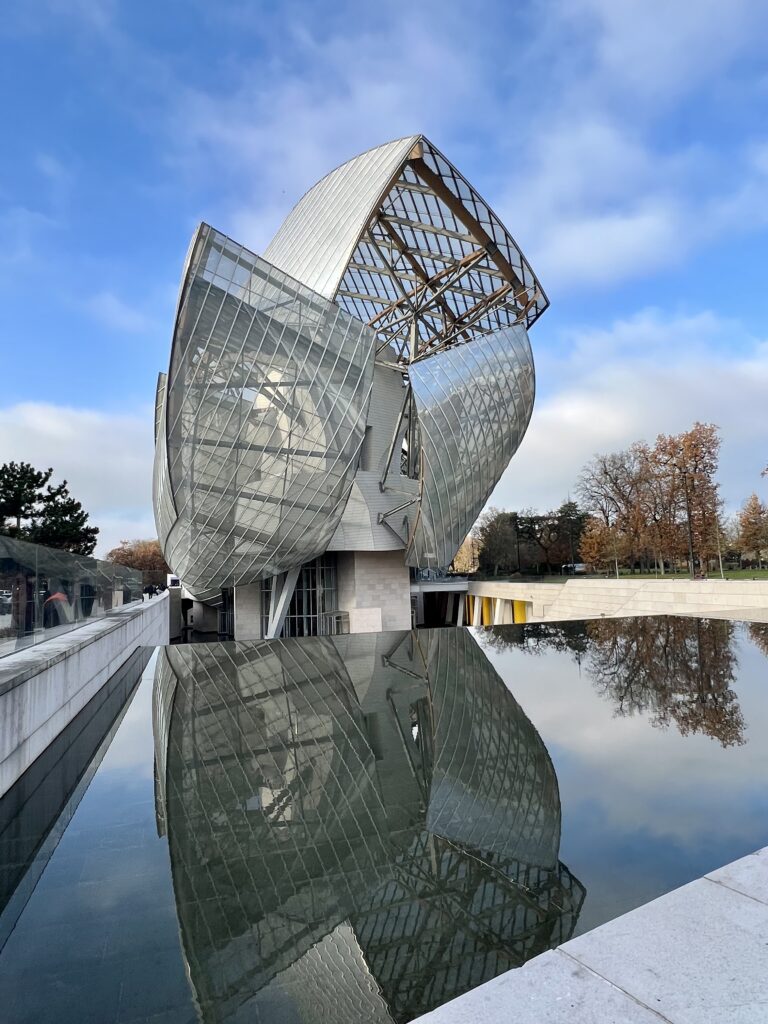
Fondation Louis Vuitton
The spectacular Louis Vuitton Foundation is also in the Bois de Bologne.
Designed by Frank Gehry, this striking building is as a bold combination of glass, concrete, and steel. Opened in 2014, it was the most innovative architectural venture in Paris since I.M. Pei’s glass pyramid at the Louvre.
With its 12 glass sails that create a dynamic canopy, the structure has drawn comparisons to a sailboat, a crystal palace, and even a spaceship.
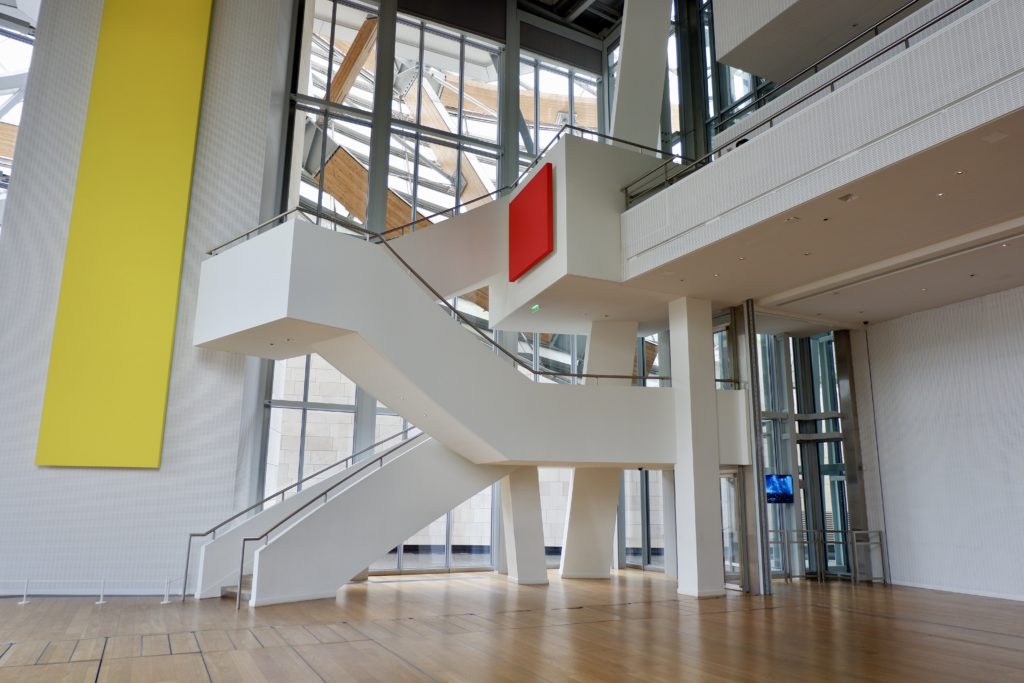
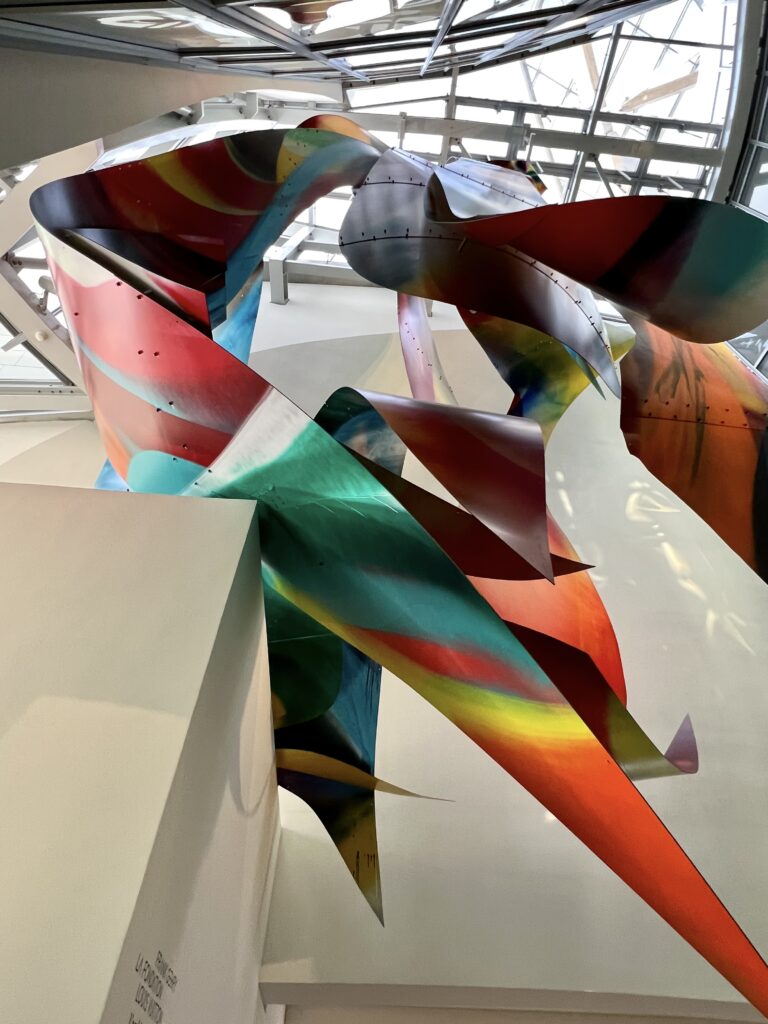
Set within a reflecting pool, complete with a cascading fountain, the museum evokes the image of a ship at sea.
The private museum showcases a vast collection of late-modern and contemporary art owned by the foundation and its CEO, Bernard Arnault, of the parent company.
It’s gained widespread recognition for hosting blockbuster temporary exhibitions that attract art lovers from around the world.
You’ll definitely need to pre-book a ticket in advance for those. The Parisians show up en masse! Right now, there’s a Mark Rothko exhibit until April 2.
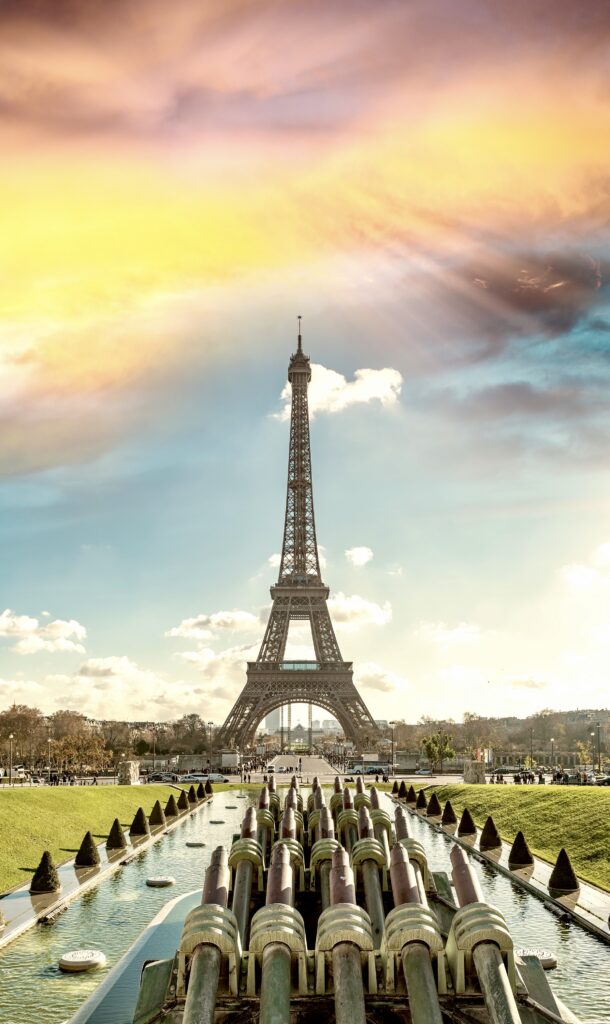
Trocadéro
The Jardins du Trocadéro are right in front of Palais Chaillot. The gardens are part of the larger Trocadéro area, which is named after the Battle of Trocadéro.
The gardens have trees, shrubs, and flower beds, all meticulously designed to offer a peaceful and picturesque setting. It hosts an array of sculptures and statues. And there’s a beautiful fountain, the Warsaw Fountain.
Most importantly, the gardens offer one of the city’s best views of the Eiffel Tower!
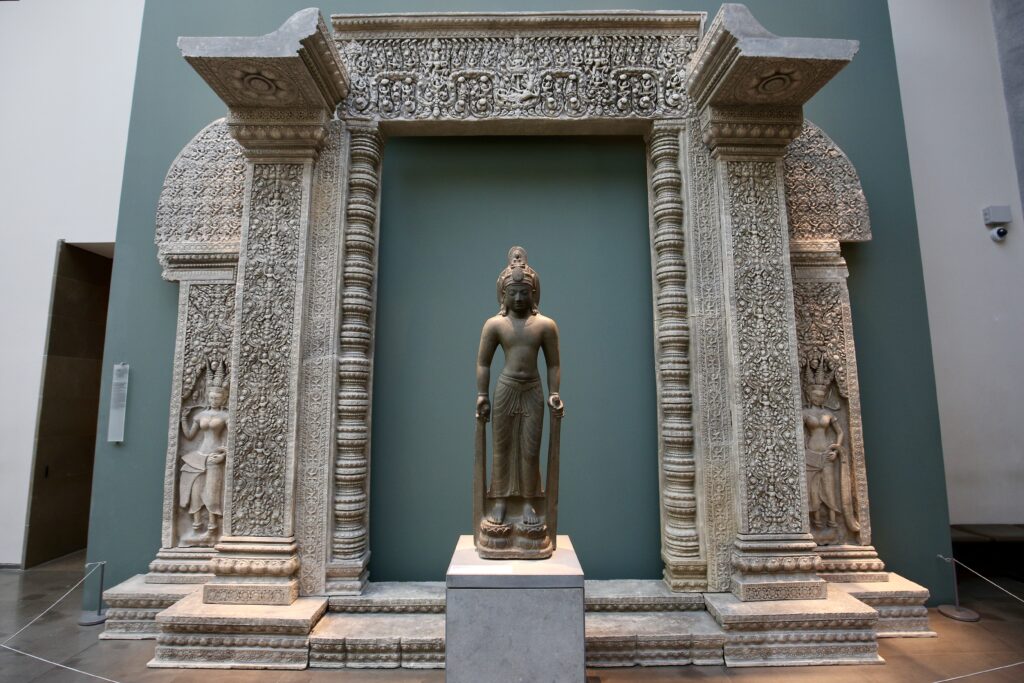
Guimet Museum
The Guimet Museum invites visitors into a world of Asian splendor right from the entrance, where a collection of Asian statues greets you beneath the monumental library dome.
This vast museum is renowned for its extensive collections of Asian art and artifacts.
It’s organized into various regions including Afghanistan-Pakistan, the Himalayas, Southeast Asia, Central Asia, China, Korea, India, Japan, along with specialized collections of textiles, photographs, and library treasures.
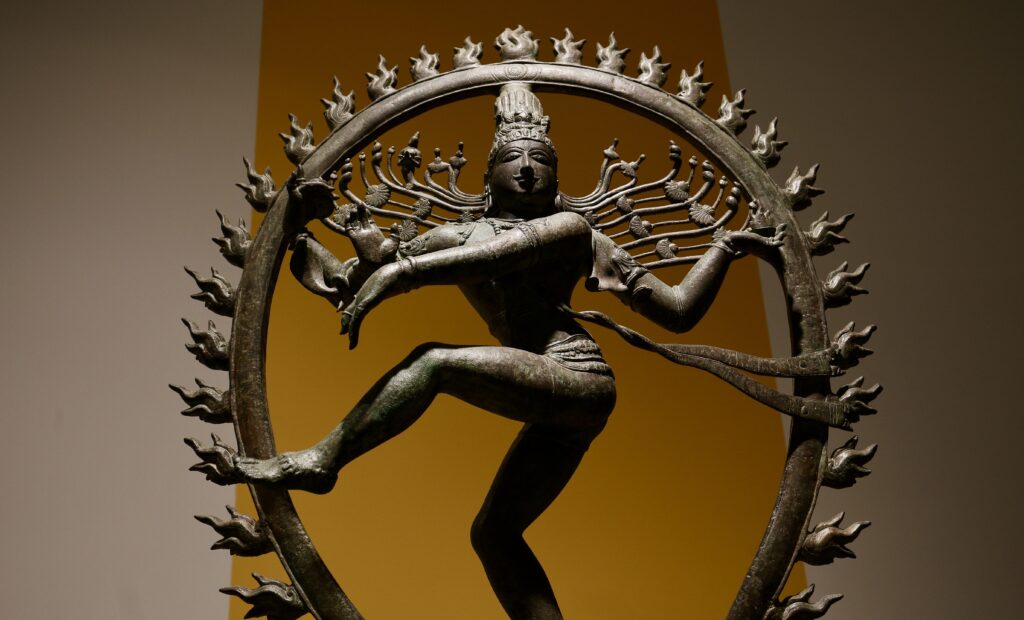
Émile Guimet, the founder, originally amassed hundreds of Japanese and Chinese artifacts, presenting them in a manner reminiscent of Buddhist temple displays.
In 1955, the Ministry of Education acquired the mansion. By 1991, the museum had added the not-to-be-missed tea pavilion to its offerings.
Another standout featureis the Japanese Garden, also known as the Panthéon Bouddhique. With Japanese and Chinese art, this serene spot offers visitors a peaceful retreat for meditation amidst the bustling city.
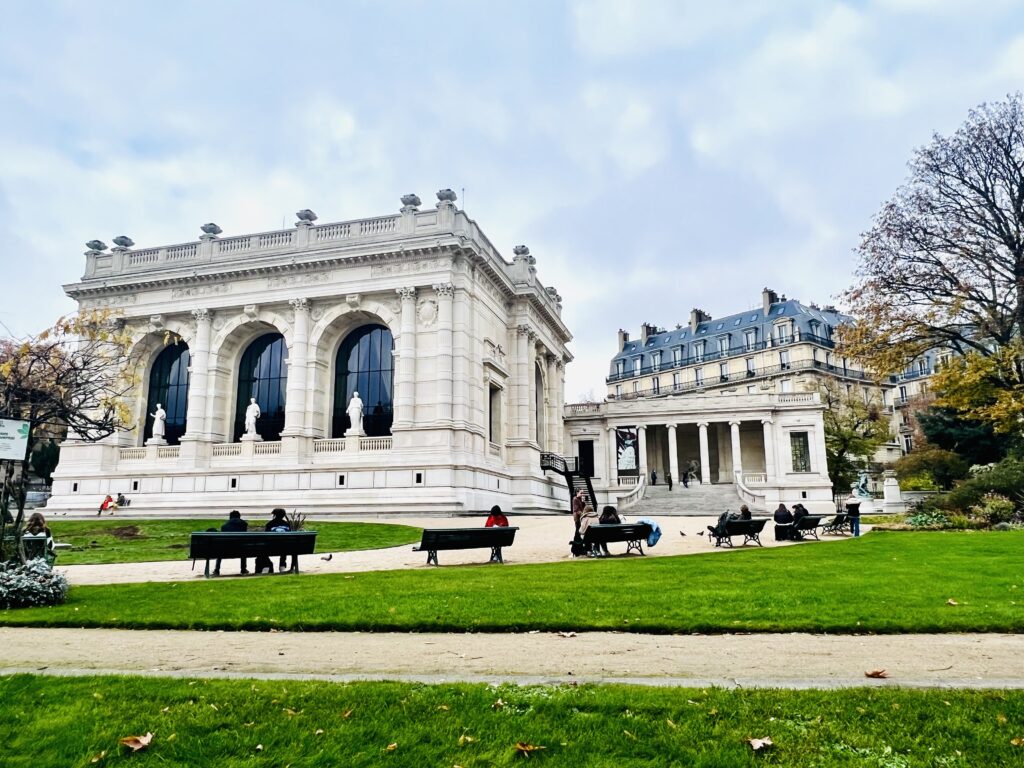
Palais Galliera
The Palais Galliera, also known as Musee de la Mode de la Ville de Paris, is a museum focused on the history of fashion. It’s located in a Renaissance palace built by the Duchesse de Galliera, who was once Paris’ wealthiest woman.
The museum recently underwent renovations. Its permanent collection presents a wide-ranging look at fashion history starting from the 18th century.
Visitors can explore an array of items including designer outfits, jewelry, walking sticks, hats, shoes, bags, fans, gloves, parasols, and umbrellas.
This museum has quickly become a popular destination in the 16th. I experienced this firsthand during a sold-out temporary exhibition on Frida Kahlo.
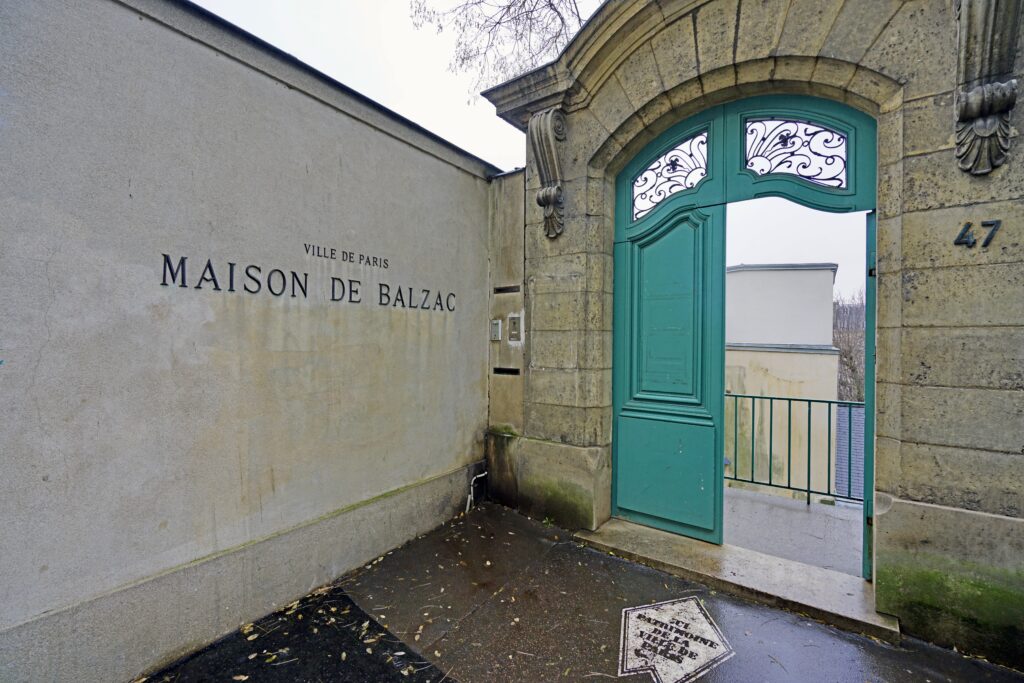
Balzac Museum
The Maison de Balzac is a quirky out of the way museum dedicated to the life of one of France’s 18th century literary giants, Honoré de Balzac.
It’s an intimate space that invites visitors to step into the world where Balzac crafted his monumental work, The Human Comedy. The novelist moved there in 1840 under his mistress’s name, trying to doge his creditors.
Though much of the original furniture has been lost over time, the museum remains a treasure trove of Balzac’s personal items.
Highlights include his iconic cane, a collection of paintings, engravings, illustrations, and documents that shed light on his personal connections.
The centerpiece is undoubtedly Balzac’s intricately carved writing desk and chair, where he spent countless hours penning his works.
This house is the sole survivor among the 11 different residences Balzac occupied in Paris. Don’t miss the chance to glance out the windows for a spectacular view of the Eiffel Tower.
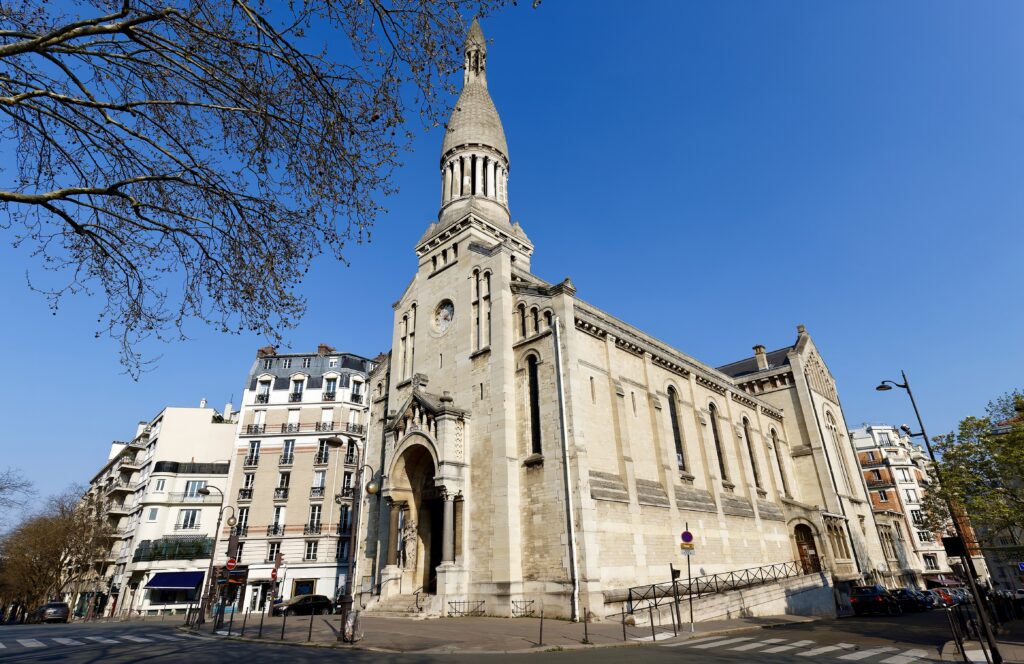
Churches
There are some lovely churches to visit in the 16th as well.
Eglise Saint-Pierre de Chaillot, on Avenue Marceau, is known for its beautiful modern stained glass. The current building, constructed in the 1930s, showcases a mix of modern and traditional architectural elements.
Église Notre-Dame de Grâce de Passy is in the heart of the Passy neighborhood. The church has an impressive interior with beautiful frescoes and a peaceful ambiance.
Église d’Auteuil is notable for its striking Neo-Romanesque style of architecture. It has been an important site of Catholic worship in the Auteuil district since its completion in the late 19th century.
Finally, the American Cathedral in Paris, on Avenue George V, serves the English-speaking Anglican community in Paris. Its Neo-Gothic design, complete with beautiful stained glass windows and a peaceful garden, makes it a must visit in the 16th arrondissement.
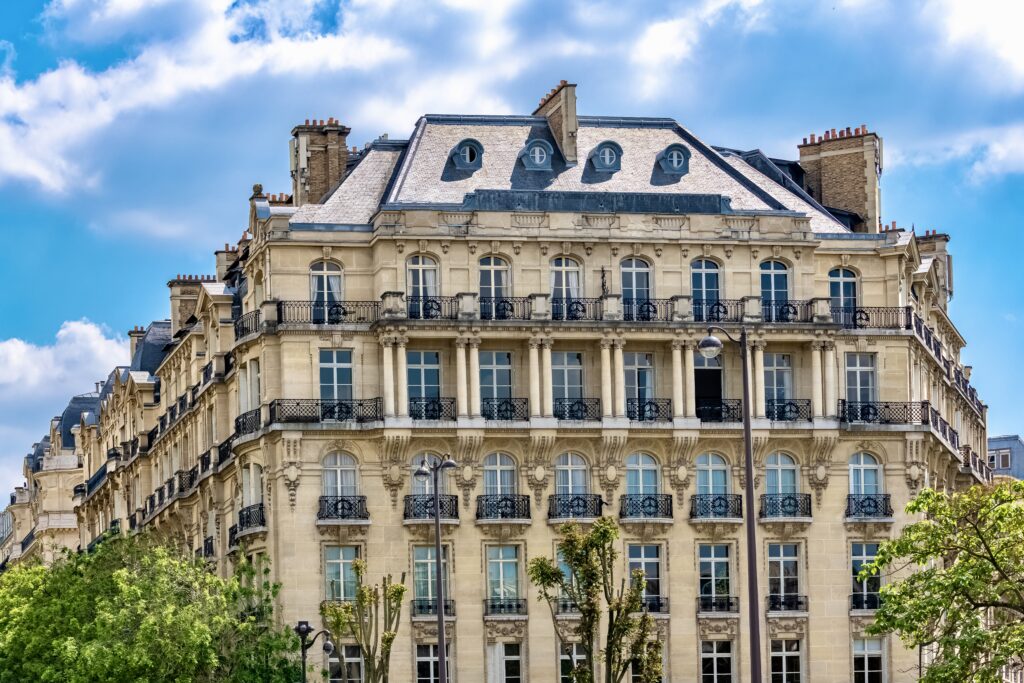
Avenue Foch
Avenue Foch is is one of the most prestigious and wide avenues in Paris, named after Marshal Ferdinand Foch, a French hero of World War I.
This beautiful street runs from the Arc de Triomphe westward towards the Bois de Boulogne.
You’ll find luxurious mansions, lush greenery, and prime real estate, embodying the elegance and affluence of the 16th arrondissement.
It’s definitely worth a stroll just to see the beautiful architecture.
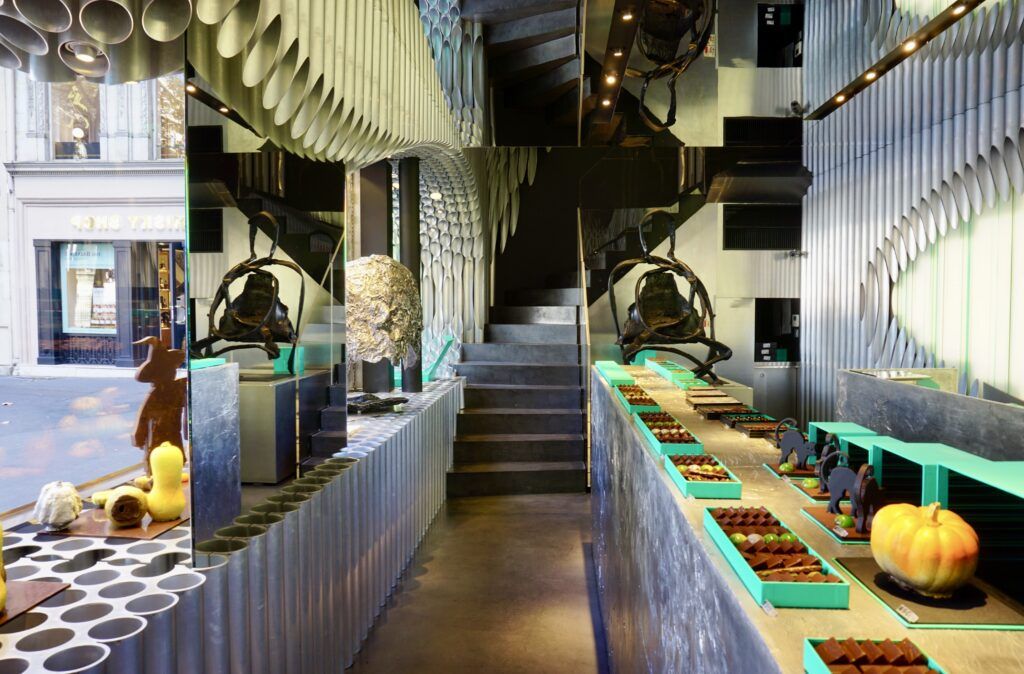
Patrick Roger
You also don’t want to miss the Patrick Roger chocolate boutique on Avenue Victor Hugo. He originally opened a shop in Saint Germain, and has since expanded.
Patrick Roger is not just a chocolatier. He’s also an artist.
His boutiques feature fantastical chocolate sculptures that showcase his creativity and mastery over the medium. These sculptures can range from life-sized animals to abstract forms, all made from chocolate.
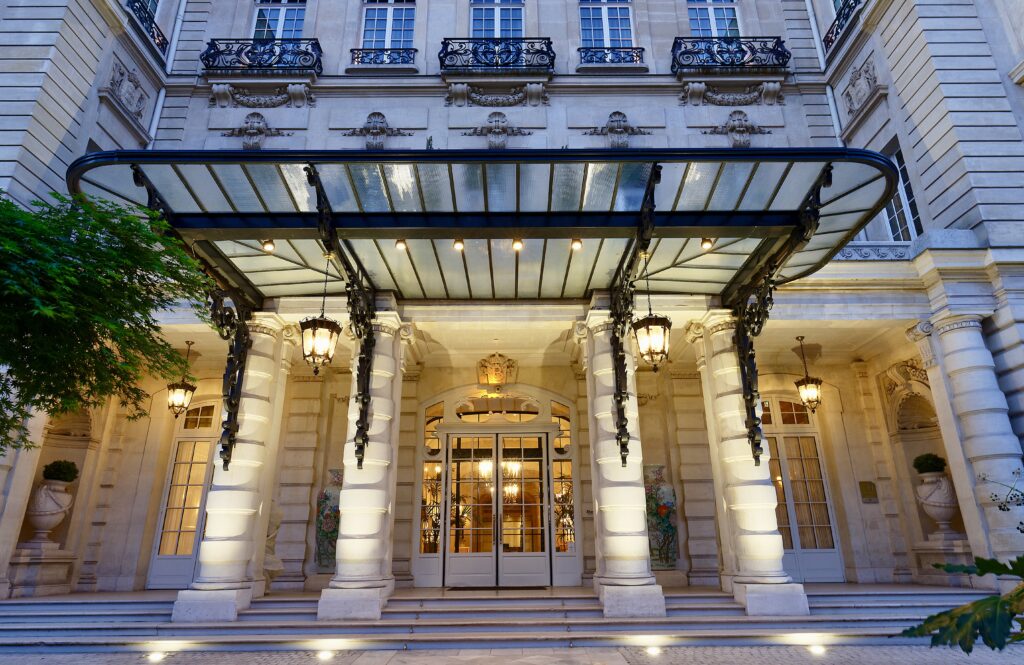
Where To Stay In The 16th Arrondissement
Along though its off center, I think the 16th is a great place to stay in Paris, especially if you have ample time in the city. There are plenty of great things to do there.
And the 16th is just a quick metro ride to central Paris. Plus, it’s easy enough to walk to the Champs-Élysées and Arc de Triomphe.
Some hotels you might consider are:
Shangri-La Hotel: Originally the home of Napoleon Bonaparte’s grandnephew, this luxury hotel offers stunning views of the Eiffel Tower and the Seine. It features sumptuous rooms and suites, fine dining options, and a beautiful indoor pool.
Saint James Paris: Set in a Neo-Classical mansion surrounded by its own private garden, the Saint James Paris is more like a château in the city. It offers a unique blend of grandeur and intimacy, with a Michelin-starred restaurant and a library bar.
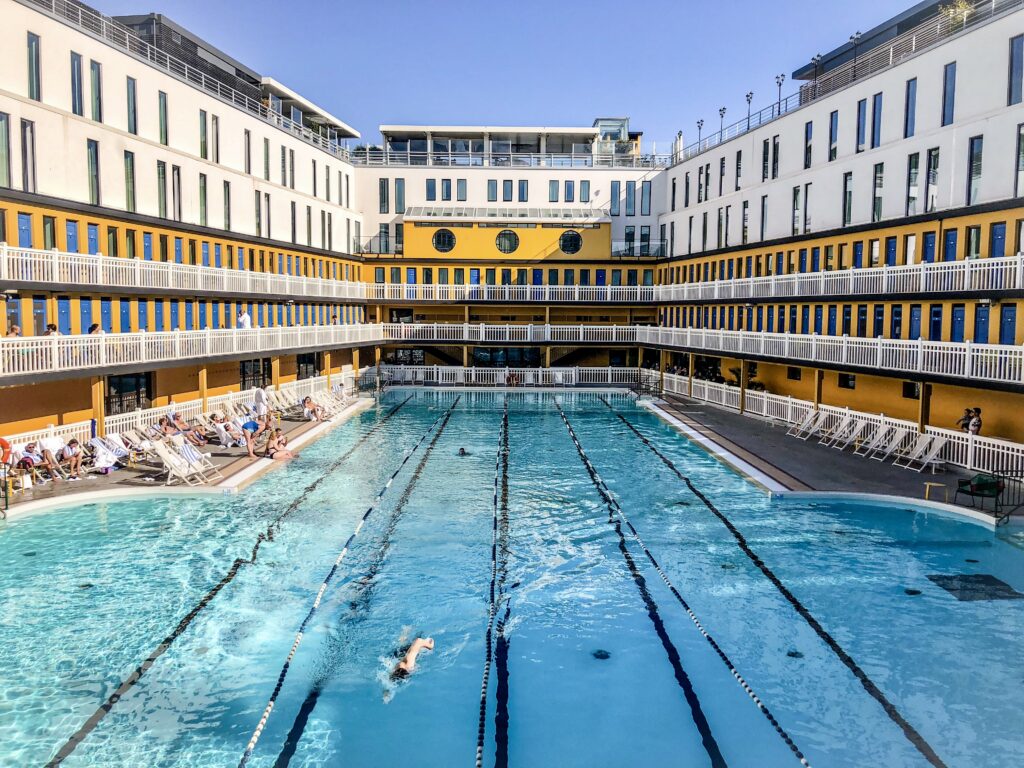
Hotel Molitor Paris – MGallery: Famous for its iconic outdoor swimming pool, which has been a listed historic monument since 1990, this hotel offers chic and stylish accommodation. Its spa, Clarins wellness center, and rooftop terrace add to the appeal.
Sofitel Paris Baltimore Tour Eiffel: Located near the Trocadéro and the Eiffel Tower, this hotel offers elegant rooms and a renowned restaurant, blending French cuisine with modern touches.
And that’s a wrap for my guide to what to do in the 16th arrondissement. You may find these other Paris travel guides useful:
- 5 Day Itinerary for Paris
- 3 Day Itinerary for Paris
- 2 Day Itinerary for Paris
- Tips for Planning a Trip to Paris
- Tourist Traps To Avoid In Paris
- Top Attractions in Montmartre
- Top Attractions in the Latin Quarter
- Top Attractions in the Marais
- Best Museums In Paris
- Hidden Gems in Paris
- Best Things To Do in Paris in Winter
- Guide to the Opera District
Pin it for later.

